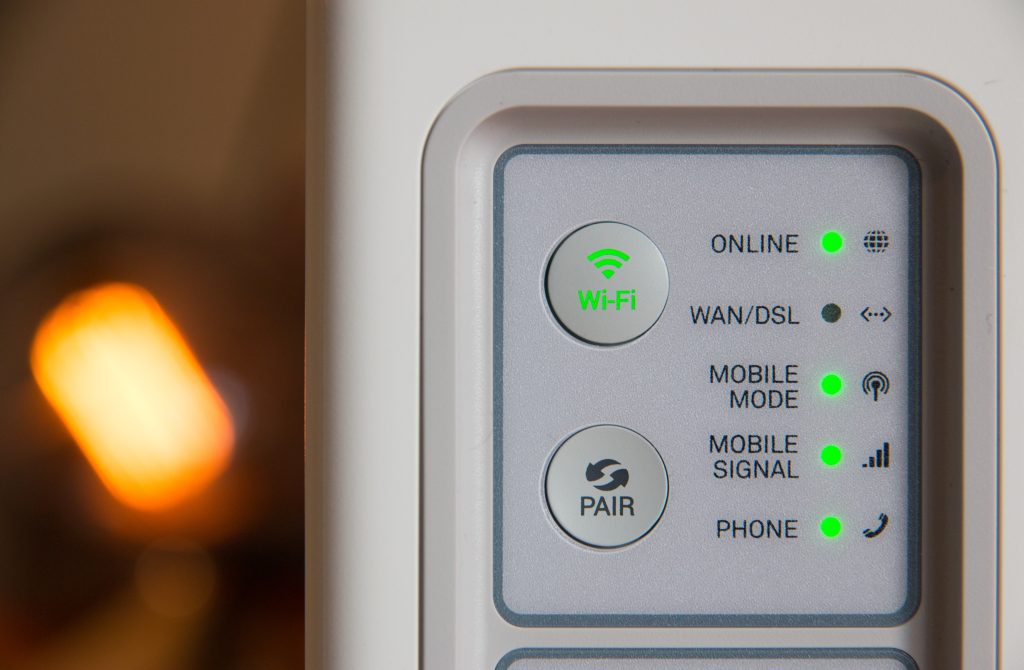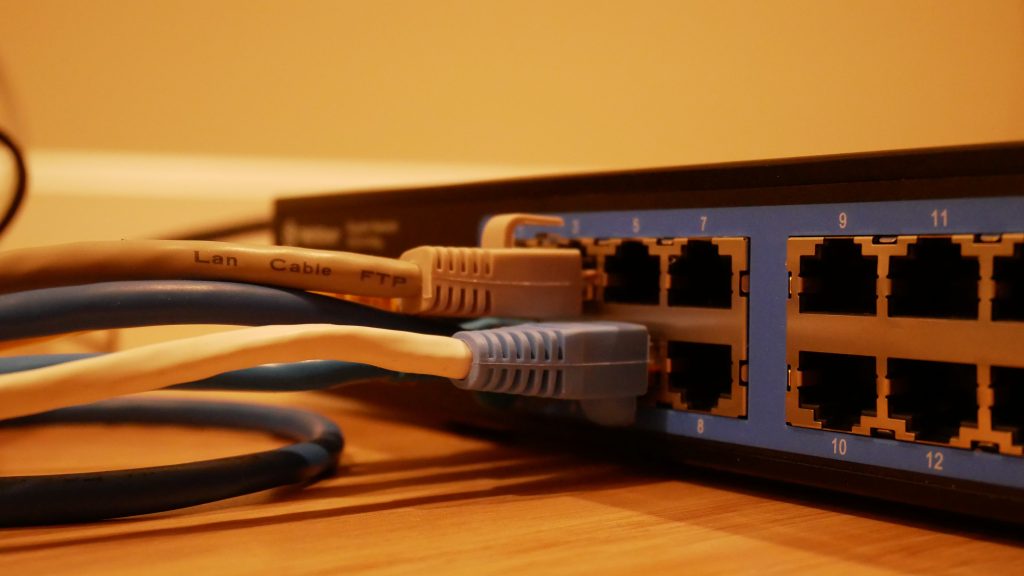Adverts
In the current technological landscape, connectivity is an essential need and free Wi-Fi applications have emerged as crucial catalysts for ensuring internet access in various locations. These apps have not only simplified the connection process, but also democratized access to information, connecting people across the world.
By offering a range of benefits, from saving mobile data to expanding connectivity in remote areas, free Wi-Fi apps play a vital role in the era of instant communication. And in this article we explore the dynamic universe of free Wi-Fi apps, providing a comprehensive view of this technological phenomenon that has become indispensable in our daily lives. Keep reading to find out more!
Brief history and evolution of Wi-Fi
Wi-Fi, a technology that revolutionized wireless connectivity, has a fascinating history dating back to the last decades of the 20th century. Its journey began in the 1990s, when the need to eliminate dependence on cables to connect devices became evident. The idea was to create a wireless local network, allowing communication between devices efficiently.
The first version of the Wi-Fi standard, known as IEEE 802.11, was released in 1997. This early technology offered modest data transmission speeds compared to current standards, but it ushered in an era of freedom of movement for users. of computers.
Over the years, Wi-Fi has evolved significantly in terms of speed, range and security. The introduction of the 802.11b and 802.11g standards has brought notable improvements in data transfer rates and interoperability between devices. However, it was with the advent of the 802.11n standard in the 2000s that Wi-Fi reached a new level, offering higher speeds and wider coverage.

The 2010s saw the rise of 802.11ac Wi-Fi, delivering substantial advances in bandwidth and efficiency. The latest iteration, the 802.11ax standard, also known as Wi-Fi 6, has introduced significant improvements in environments with many devices connected simultaneously, increasing the total capacity of the network.
In addition to technical improvements, Wi-Fi has also become an integral part of everyday life, present in homes, businesses, airports and public spaces. The proliferation of mobile devices and growing demand for connectivity have made Wi-Fi an essential infrastructure for modern society, shaping the way we communicate and interact with technology. The continued evolution of Wi-Fi promises an even more connected future, with the continued development of standards and technologies that meet growing demands for speed, efficiency and security.
Basic Wi-Fi operation
Wi-Fi, an abbreviation for Wireless Fidelity, is a technology that allows wireless data transmission between electronic devices. Its operation is based on the transmission of high frequency radio signals. Essentially, Wi-Fi uses radio waves to establish a connection between a sending device (like a router) and a receiving device (like a computer, smartphone, or tablet).
When a device, such as a router, transmits data over Wi-Fi, it converts the data into radio signals. These signals are transmitted through antennas to the surrounding environment. Receiving devices, such as laptops or smartphones, have antennas that pick up these radio signals.

Transmitted data is modulated into radio waves through a process called amplitude modulation or phase modulation. This process allows data to be encoded in radio waves in a way that can be interpreted by the receiving device. The standard frequency for Wi-Fi networks is in the range of 2.4 gigahertz (GHz) and 5 gigahertz (GHz). These higher frequencies allow for greater data transmission capacity, although the 2.4 GHz band is more susceptible to interference from devices such as microwave ovens and cordless phones.
Security on Wi-Fi is generally managed through protocols such as WPA (Wi-Fi Protected Access) and WEP (Wired Equivalent Privacy), which encrypt transmitted data to protect the network against unauthorized access.
In short, Wi-Fi operates by converting data into radio signals, transmitted by a sending device to receiving devices, which then convert these signals back into usable data. This wireless transmission offers flexibility and convenience, enabling efficient connectivity across a variety of devices and environments.
The importance and benefits of Wi-Fi in everyday life
Wi-Fi has become an indispensable part of everyday life, playing a crucial role in many spheres of modern society. Its importance can be highlighted in several aspects:
- Ubiquitous Connectivity:
- Wi-Fi provides an internet connection that is not limited by cables, enabling connectivity virtually anywhere, whether at home, work, cafes, airports or public spaces.
- Mobility and Flexibility:
- Wi-Fi technology allows devices such as smartphones, laptops and tablets to connect to the internet without the need for cables, providing mobility and flexibility to work, study and be entertained on the go.
- Remote Work and Online Education:
- The pandemic has further highlighted the importance of Wi-Fi, as many activities, such as remote work and online education, rely heavily on wireless connectivity to enable efficient communication and access to online resources.
- Digital Entertainment:
- Wi-Fi is essential for accessing music and video streaming services, online gaming, social networking, and a variety of other forms of digital entertainment. The ability to stream content wirelessly significantly enriches the user experience.
- Smart Devices and Internet of Things (IoT):
- The proliferation of smart devices, from thermostats to home appliances, relies on Wi-Fi for communication and remote control. IoT benefits greatly from wireless connectivity to integrate devices into an interconnected network.
- Instant Communication:
- Messaging, voice calling and video conferencing apps rely heavily on Wi-Fi to provide instant and efficient communication on a global level, eliminating physical barriers.
- Sharing and Collaboration:
- Wi-Fi makes it easier to share files, collaborate on online projects, and access team collaboration platforms, promoting efficiency in work and communication.
- Economic development:
- Access to the internet through Wi-Fi is fundamental for economic development, as it allows e-commerce, online entrepreneurship and participation in global markets.
Wi-Fi isn't just an amenity; it is an essential infrastructure that shapes how we live, work, communicate and entertain ourselves in contemporary society. Your continued, reliable presence is a catalyst for innovation and global connectivity.
3 best apps to use free Wi-Fi
The compilation of Wi-Fi apps we present below meets a wide range of needs, from signal analysis and network enhancement to speed testing and device administration. These apps are invaluable resources for users looking to improve the quality of their Wi-Fi connections, ensuring a more stable and efficient online experience, so we recommend reading them carefully to explore the options available.
Here are three apps that offer free Wi-Fi, each with its own distinct features:
- WiFi Map
- Platforms: Android, iOS
- Description: WiFi Map is a collaborative platform that allows users to share passwords for WiFi networks in different locations around the world. Additionally, it offers an interactive map that displays public Wi-Fi hotspots and their information.
- Key Features:
- Global database of Wi-Fi passwords shared by users;
- Interactive map to find nearby access points;
- Ratings and comments to evaluate the quality of connections.
- Instabridge
- Platforms: Android, iOS
- Description: Instabridge is a community of users who share Wi-Fi passwords, creating a free global network. It also offers an automatic connection function, making it easier to access previously shared networks.
- Key Features:
- Wi-Fi passwords shared by users around the world;
- Automatic connection to known networks;
- Access point map and performance statistics.
- Eighth Wi-Fi ios
- Platform: iOS
- Description: Osmino Wi-Fi is an app that helps users find and connect to public Wi-Fi networks. Additionally, it offers an internet speed test function and provides information about the quality of the connection.
- Key Features:
- Wi-Fi hotspot finder;
- Integrated internet speed test;
- Connection history for quick access to known networks.
Did you like this content?
These tools are designed to empower the user in the optimization of your network, providing you with greater control over the performance and reliability of the Wi-Fi connectivity. Invest a few minutes in this selection is to enhance your online experience, but be sure to check out the reviews and reputation of any application, before you download it, for the safety and security is an important consideration when you are connected to Wi-Fi, and especially in the use of applications that involve the sharing of passwords. In addition to that, make sure you comply with the terms of service, and privacy policies when you use such apps. Please do not hesitate to download it to try each and every one of the apps in the Planeta Sports I brought him here and select one that best aligns to your specific needs! Thank you for reading, and see you next time.




